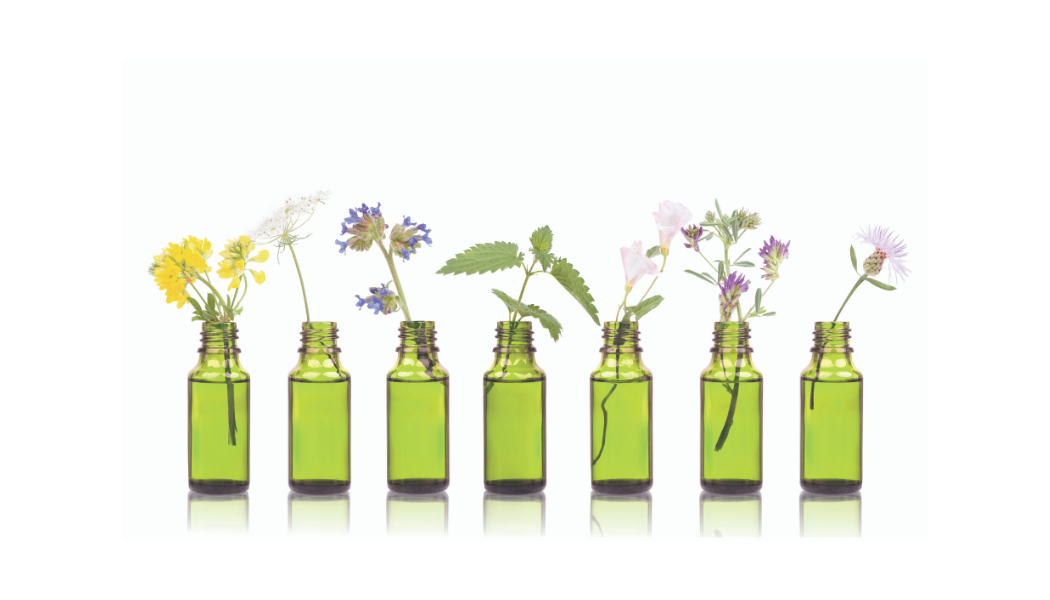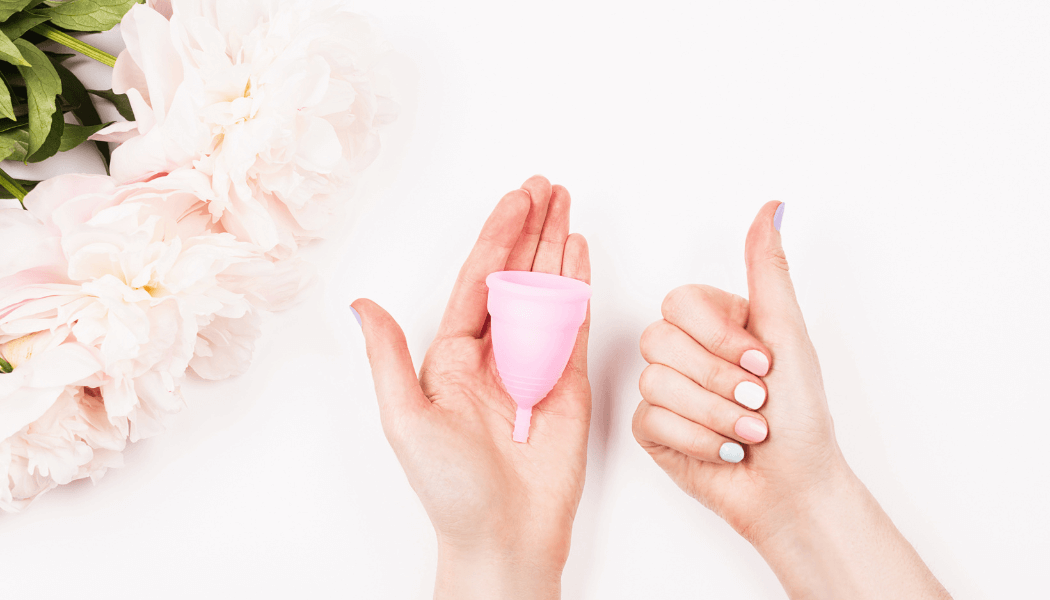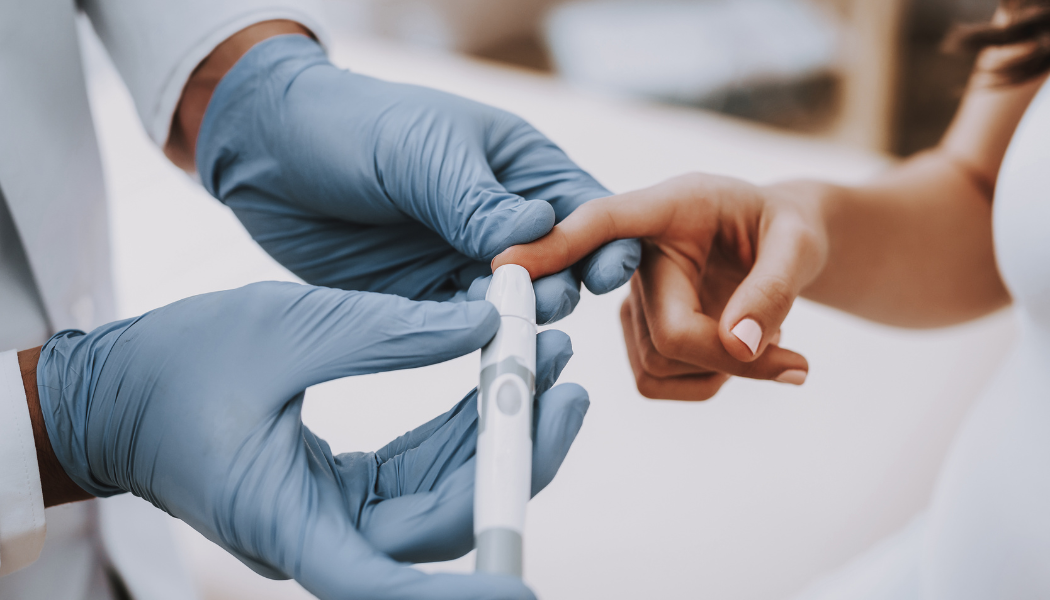Do Home Remedies Actually Work For A Yeast Infection?

Introduction
A yeast infection can be a real pain, both physically and emotionally. And if you've been trying to treat it with over-the-counter yeast infection treatments, you may be feeling frustrated because they aren't working.
You're not alone. Many people find that store-bought treatments just don't do the trick. But before you give up and head to the doctor, try some of these home remedies for yeast infection.
What Is a Yeast Infection?
A yeast infection is a fungal infection that can occur in different parts of the body, such as the mouth, throat, intestines, and most commonly, the vagina. Yeast infections are caused by an overgrowth of a type of fungus called Candida Albicans.
If you're experiencing the telltale signs of a yeast infection—such as itching, burning, and discharge—you may be wondering if there are any home remedies that can help. The good news is, there are a few options that may provide some relief. Here's what you need to know.
Causes of Yeast Infections
So you've been experiencing some discomfort and think you might have a yeast infection.
Yeast infections are caused by an overgrowth of the Candida fungus, which is a natural inhabitant of the human body. However, when this fungus begins to grow out of control, it can cause a variety of symptoms, including itching, burning, and vaginal discharge.
There are many different home remedies for yeast infections that can be effective in treating the symptoms. Some people find that drinking lots of water, taking probiotics, or applying yogurt to the affected area helps to clear up the infection. Others find that garlic supplements or tea tree oil help to get rid of the infection. (V-Blissful Soothing Solution contains Tea Tree Oil) However, before trying any home remedy, it's important to speak with your doctor to make sure that it is safe for you to use.
Home Remedies for Yeast Infections
So, you're pretty sure that you have a yeast infection. You head to your local pharmacy and start browsing the isles for a cure. You see creams, suppositories, pills, and all sorts of other remedies, but which one is the right one for you?
Before you spend your hard-earned money on a product that may or may not work, you might want to try some home remedies for yeast infections. It's best to try something that is all-natural, so you aren't agitating your body with synthetics or fillers.
There are a number of different home remedies for yeast infections, but some of the most popular include yogurt, garlic, apple cider vinegar, and tea tree oil, boric acid is a tried and true home remedy, it has been around for a 100 years. Try a few and see which one works best for you.
When to See a Doctor for a Yeast Infection
If you're not sure whether you have a yeast infection or not, it's important to see your doctor for a diagnosis. Yeast infections can be tricky to self-diagnose, as the symptoms can be similar to other conditions.
If you're experiencing any of the following symptoms, it's best to see a doctor sooner rather than later: severe itching, pain or burning during sex, thick and white discharge, and redness and swelling around the vagina.
If you've tried home remedies and they haven't worked, or if your infection is accompanied by a fever, it's time to head to the doctor. They'll be able to prescribe you an anti-fungal medication that will clear up the infection in no time. If you would like to try the natural route first with having to spend that co-pay, V-Blissful offers natural home remedies, tested on women who are sensitive and chronic.
How to Prevent Yeast Infections
So, we've talked about what a yeast infection is and how to treat it with over-the-counter medications. But what can you do to PREVENT yeast infections from happening in the first place?
There are a few things you can do to reduce your risk of getting a yeast infection. First, make sure you're wearing breathable cotton underwear and loose-fitting clothes. Avoid tight-fitting jeans and other clothes that can trap sweat and moisture against your skin.
Another thing you can do is eat a balanced, healthy diet. Make sure you're getting enough probiotics—especially if you're taking antibiotics—as they help to maintain the balance of bacteria in your gut and prevent yeast overgrowth.
And finally, keep your genitals dry and clean. Wipe from front to back after using the bathroom, and avoid using harsh soaps or scented products in that area. V-Blissful Soothing Solution is a great natural way to keep your pH balanced to help prevent yeast infections from starting and it is safe enough for everyday use. It is extremely helpful to use after intercourse.
FAQs About Yeast Infections
Here are some of the most common questions people have about yeast infections and the answers:
Q: Do home remedies work as well as prescription medications?
A: In most cases, yes. Home remedies can be just as effective as prescription medications, and they're typically much cheaper.
Q: Are there any home remedies I should avoid?
A: There are a few home remedies that you should avoid if you have a yeast infection especially douching...
Q: How long do I need to use a home remedy before I see results?
A: Most home remedies need to be used for 1-2 weeks before you see results. With the use of V-Blissful you will start to feel results after 1 day.
Conclusion
Yes, home remedies do work for yeast infections.
However, if your yeast infection is severe or doesn't seem to be going away after a few days of treatment, it's important to see a doctor. Severe yeast infections can cause health problems, so it's always better to be safe than sorry.
If you're looking for a home remedy to treat your yeast infection, there are plenty of options to choose from. Just make sure you follow the instructions carefully and give the remedy time to work. If your yeast infection doesn't improve after a few days, or gets worse, see a doctor.



